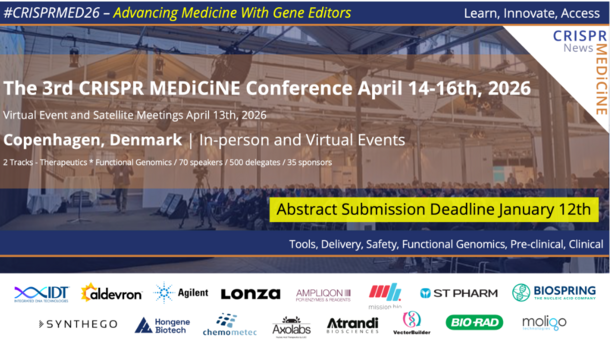Glioblastoma (GBM) is the most common type of malignant brain tumour in adults, classified as a grade IV brain tumour. It develops from astrocytes, a type of glial cell found in the brain and spinal cord. GBM is characterised by rapid growth and multiplication of cancer cells that invade and destroy healthy surrounding tissue, making it the fastest-growing type of astrocytoma.
More than 13,000 Americans are diagnosed with GBM annually. The condition most often affects people aged 45 to 70, with an average age at diagnosis of 64. Risk factors include exposure to chemicals such as pesticides and petroleum products, genetic conditions such as neurofibromatosis and Li-Fraumeni syndrome, and previous radiation therapy to the head. Most cases occur sporadically rather than being inherited.
Symptoms develop quickly and include blurred or double vision, headaches, memory problems, mood changes, seizures, speech difficulties, and muscle weakness. These symptoms result from the growing tumour putting pressure on the brain and destroying healthy tissue. The condition can significantly impact brain function, leading to complications such as mood changes, memory problems, and the eventual need for full-time care.
Treatment typically involves a combination of approaches including surgical tumour removal, radiation therapy, chemotherapy, and newer treatments such as tumour treatment fields and immunotherapy. However, there is no cure for glioblastoma, and without treatment, it can result in death within six months. Treatment focuses on managing symptoms, slowing progression, and improving quality of life.
Astrocytomas are tumours that develop in the central nervous system, typically forming in the brain but can also occur in the spinal cord. They grow from star-shaped astrocyte cells, which are supportive glial cells in the brain, and represent the most common type of glioma.
The World Health Organisation categorises astrocytomas into four grades based on their growth rate and likelihood of spreading. Grade 1 astrocytomas are non-cancerous and include pilocytic astrocytoma, pleomorphic xanthoastrocytoma, and subependymal giant cell astrocytoma. Grades 2-4 are cancerous, with grade 4 glioblastomas being the most aggressive form. Different grades tend to affect different age groups, with grade 1 primarily affecting children and teens, whilst higher grades predominantly affect adults.
Common symptoms include headaches, nausea, vomiting, seizures, memory loss, cognitive changes, fatigue, and vision or speech problems. Most astrocytomas develop sporadically, though radiation exposure and certain genetic conditions such as Li-Fraumeni syndrome and neurofibromatosis type 1 increase the risk.
Treatment depends on the tumour's grade, location, and the patient's age and health. Surgery is typically the first treatment option and can cure most grade 1 astrocytomas if completely removed. Higher-grade astrocytomas require additional treatments including radiation therapy, chemotherapy with temozolomide, and other adjuvant therapies. The prognosis varies significantly by grade, with grade 1 having survival rates exceeding 10 years, whilst grade 4 glioblastomas have an average survival of about one year.
Source, Cleveland Clinic:Glioblastoma, Astrocytoma
